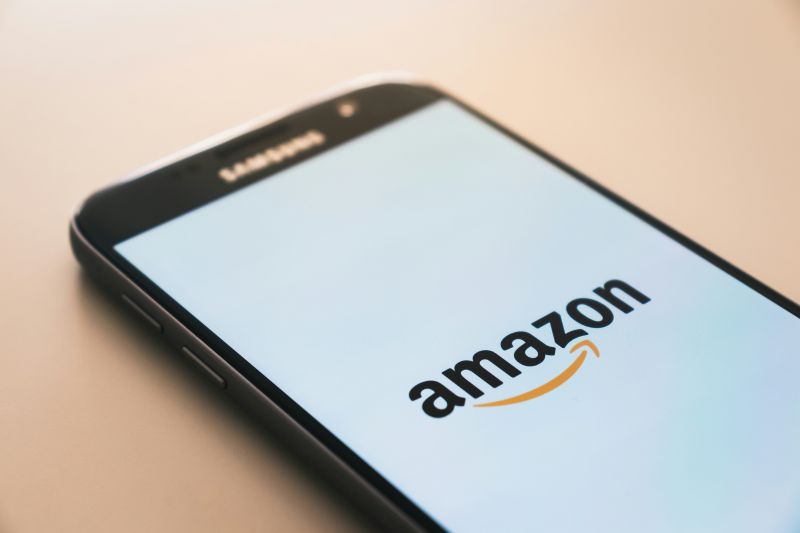
The US Federal Trade Commission (FTC) said on Thursday it has reached a “historic” settlement with Amazon.com Inc and two senior executives over allegations the company enrolled millions of consumers in Prime subscriptions without consent and made it difficult to cancel.
The settlement requires Amazon to pay USD 2.5 billion — including a USD 1 billion civil penalty and USD 1.5 billion in refunds to consumers — to resolve claims it violated the FTC Act and the Restore Online Shoppers’ Confidence Act (ROSCA).
“Today, the FTC made history and secured a record-breaking win for millions of Americans who are tired of deceptive subscriptions that feel impossible to cancel,” FTC Chairman Andrew N. Ferguson said. “Amazon used sophisticated subscription traps designed to manipulate consumers into enrolling in Prime, and then made it exceedingly hard to end their subscription.”
The FTC alleged Amazon designed confusing and deceptive user interfaces that led consumers to enrol in Prime, while also creating a complex cancellation process to prevent users from leaving the service.
Internal documents obtained before trial showed Amazon executives and employees were aware of the issues, with some describing subscription-driving tactics as “a bit of a shady world” and calling unwanted enrolments “an unspoken cancer,” the agency said.
The settlement requires Amazon to change its Prime enrolment and cancellation processes, including:
A clear and conspicuous button for customers to decline Prime. Amazon can no longer have a button that says, “No, I don’t want Free Shipping.”
Clear and conspicuous disclosures about all material terms of Prime during the Prime enrolment process, such as the cost, the date and frequency of charges to consumers, whether the subscription auto-renews, and cancellation procedures.
Creating an easy way for consumers to cancel Prime, using the same method that consumers used to sign up. The process cannot be difficult, costly, or time-consuming and must be available using the same method that consumers used to sign up; and
Paying for an independent, third-party supervisor to monitor Amazon’s compliance with the consumer redress distribution process.


